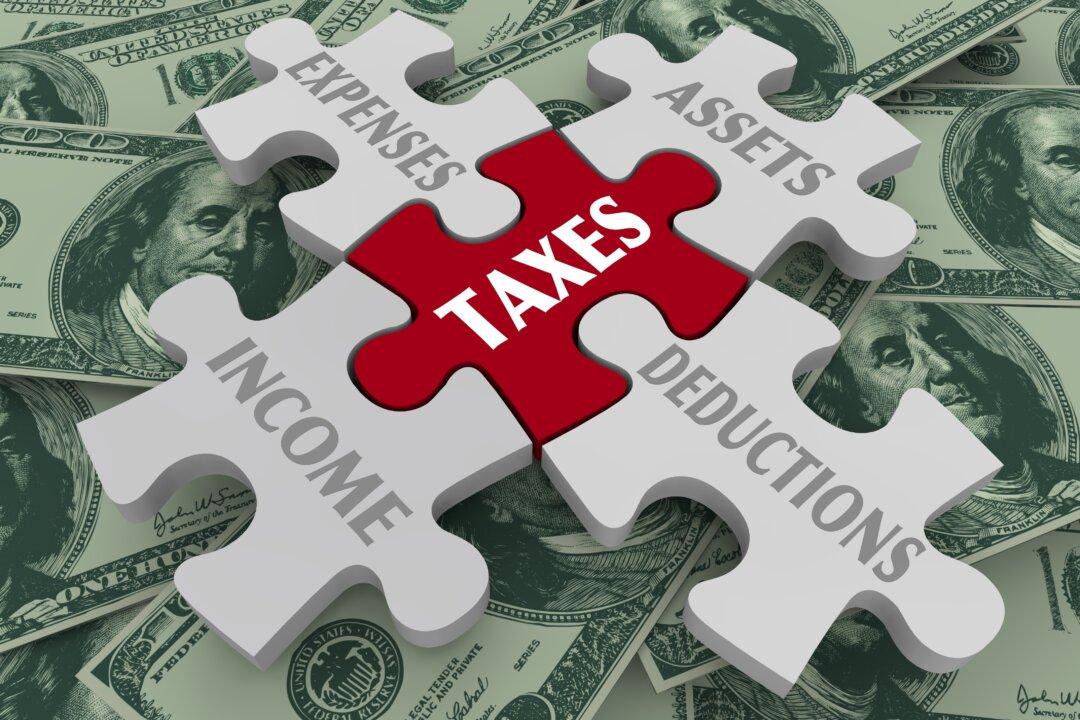My recent six-month premium bill from my auto insurer increased from $600 to $900. I had to figure out how to cut down some of the insurance coverage just to afford it. In doing so, I realized many of you also are trying to navigate this same problem, so I will provide an outline for a possible strategy you might choose to use so you can deal with this category of inflation that is far higher than most other categories, even eggs!
High-Cost Factors
Vehicle insurance rates are quite high currently. Below are the factors that combine to contribute to the very high cost of vehicle insurance:Technological Advancement
Modern vehicles continue to advance in terms of technology. With cameras, sensors, and other features, including increasing safety improvements, the repairs are more expensive—both in terms of labor and parts.Inflation
Inflation has increased the cost of most goods and services. Prices for parts, along with wage increases, mean higher repair costs and thus higher insurance premiums.Medical, Litigation Costs
While it isn’t clear why both the number and severity of claims have been increasing, the related medical costs and litigation are yet another important factor.Crime Rates
Many urban locations are experiencing increasing crime, including vehicle theft.Extreme Weather
Many other locations are experiencing severe weather-related events that are damaging vehicles. Cars near the coasts have been destroyed by powerful hurricanes. Vehicles in other locations where wildfires are an ongoing problem are resulting in both vehicle and home insurance premiums rising.Age
Baby boomers are getting older, and that (age) alone is a factor, along with credit scores and even marital status.Auto Insurance Components
Let’s break down the components of auto insurance to see where we can consider cutting.Liability Insurance
Bodily injury liability covers medical expenses and lost wages for other people injured in an accident that you caused.Property damage liability pays for repairs to other people’s property if you are at fault in an accident.






